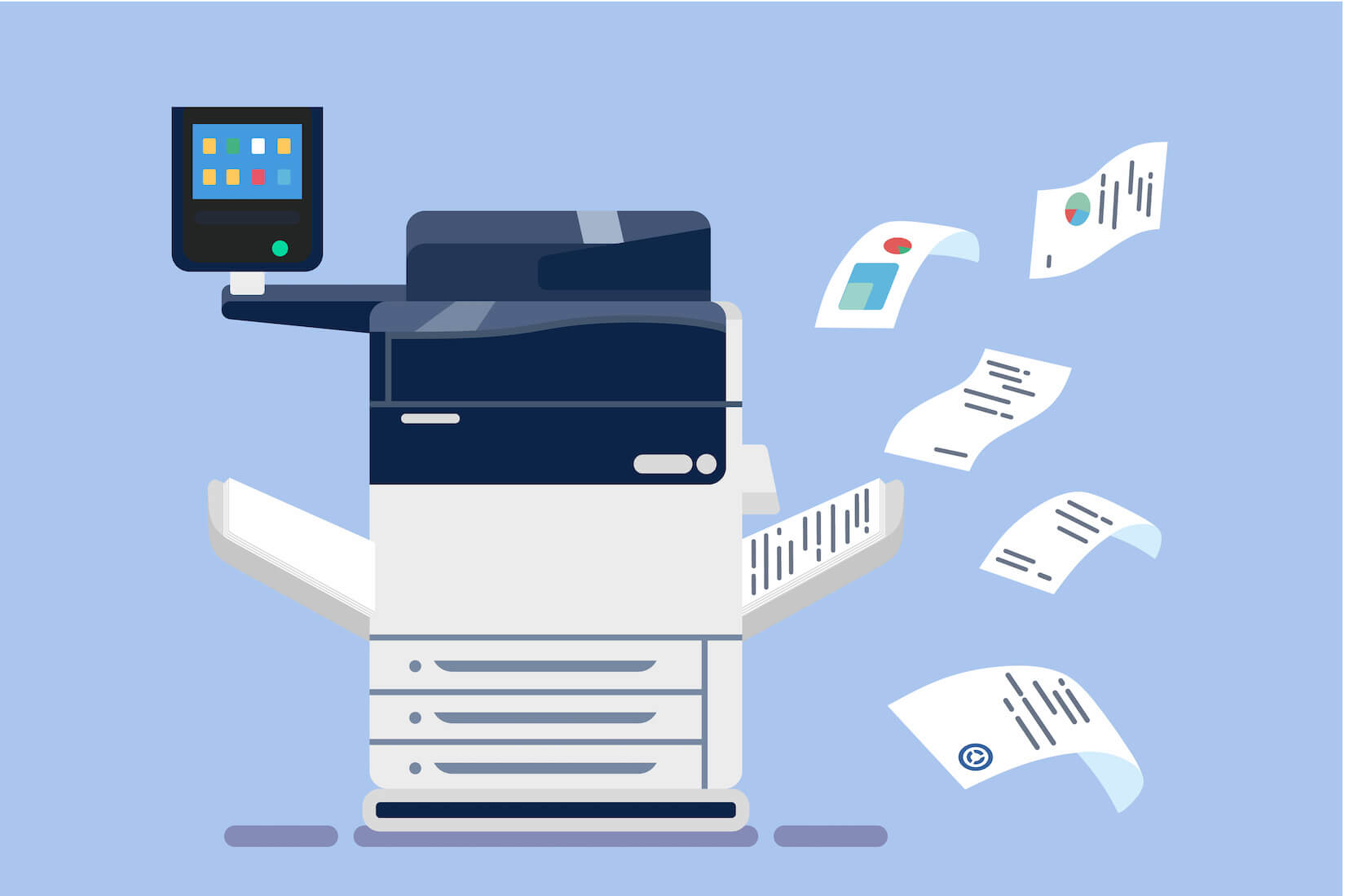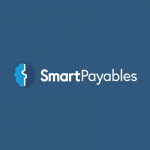Printing checks in-house requires careful consideration of printer technology, security, and compliance with legal standards. It also requires the proper tools. In addition to paper for check printing, it’s necessary to use a printer capable of printing checks. Though several types of printers can print checks, each has distinct advantages and disadvantages.
This guide outlines the essentials of check printing, including the benefits of different types of printers, security considerations, and software requirements. Whether you’re managing payroll, vendor payments, or personal transactions, understanding these elements is key to choosing the right printer and ensuring secure, efficient check processing.
Understanding Check Printing
Check printing involves creating payment checks compliant with banking standards using specialized technology and materials. Magnetic Ink Character Recognition (MICR) technology is a critical component of this process. MICR is a unique type of ink or toner that enables the special characters printed on the bottom of a check — such as the account and bank routing numbers — to be read by bank computers and processing equipment. This technology enhances the security and efficiency of check processing, making it difficult to forge or alter checks.
What Makes a Check Legally Compliant?
A legally compliant check must contain several key components: the drawer’s (account holder’s) name and address, the payee’s name, the amount of the check written both numerically and alphabetically, the drawer’s signature, and the MICR-encoded line at the bottom, which includes the bank’s routing number, the account number, and the check number. Additionally, checks must be printed on special check paper resistant to alterations and fraud. Compliance with these elements ensures financial institutions recognize a check and can be processed smoothly.
Types of Printers Suitable for Printing Checks
Laser Printers
Laser printers are a popular choice for check printing due to their speed, efficiency, and high-quality print quality. They are particularly suitable for businesses requiring a large volume of checks to be printed quickly. When selecting a laser printer for check printing, it’s crucial to ensure that it is compatible with MICR toner, which is necessary to print the MICR line — a requirement for check processing by banks. Laser printers compatible with MICR toner cartridges can print compliant and professional-looking checks.
Inkjet Printers
Inkjet printers can be suitable for check printing under certain conditions, primarily for small businesses or individual users who print checks in lower volumes. The key considerations when using an inkjet printer for this purpose include the quality of the ink and the printer’s ability to handle the security features required for checks. High-quality, fraud-resistant inks are necessary to ensure the printed checks are secure and comply with banking regulations. However, inkjet printers may not always be compatible with MICR ink, which is essential for the check’s processing and security.
MICR Printers
MICR printers are specifically designed for check printing, offering the highest level of security and compliance with banking standards. These printers use MICR toner to print the MICR line, ensuring checks are processed accurately by bank scanning equipment. The primary benefits of using MICR printers include enhanced security against check fraud, as the MICR line is extremely difficult to replicate or alter without detection. Additionally, checks printed with MICR printers are more likely to be accepted by banks without issues, reducing the risk of check rejections due to non-compliance or poor-quality printing.
Security Considerations
Secure printing is paramount in check production to prevent fraud. Checks are a target for fraudsters due to their direct link to bank accounts. Implementing secure printing practices, including the use of MICR technology, secure printers, and fraud-resistant inks and papers, significantly reduces the risk of counterfeit checks and unauthorized transactions.
When selecting a printer for check printing, look for models with advanced security features. These include printers that support secure boot processes, have the ability to require PIN codes for print jobs, and offer encryption for data transmission. Compatibility with MICR toner is also essential, as it ensures that the printed checks can be accurately read and processed by banking equipment, reducing the risk of fraud.
Beyond the printer and ink, additional security measures can be implemented in the check printing process. Watermarking, holograms, and heat-sensitive inks add layers of security, making it difficult to alter or replicate checks. Requiring signatures for check validation, either through digital means or physical signatures, further safeguards against unauthorized transactions.
Software Requirements for Printing Checks
Software plays a critical role in check printing, offering tools for designing, managing, and printing checks securely and efficiently. Various check-printing software options, ranging from standalone applications to comprehensive financial management systems with check-printing capabilities, are available. These software solutions allow for the customization of check layouts, incorporation of security features, and integration with banking information for accurate MICR line printing.
For businesses, integrating check printing software with existing accounting systems streamlines the payment process, reduces errors, and enhances record-keeping. The integration allows for the automatic transfer of payment information from the accounting software to the check printing application, facilitating the generation of checks directly from financial transactions recorded in the business’s accounts.
When selecting check printing software, it’s essential to ensure compatibility with your chosen printer, particularly regarding support for MICR printing and the ability to handle the printer’s security features. Compatibility ensures that the checks produced meet the necessary security, quality, and bank compliance standards, minimizing the risk of check rejections or fraud.
Cost Analysis
The cost of printing checks in-house varies depending on the type of printer used. Laser printers, while more expensive initially, offer lower per-page printing costs and are more efficient for high-volume printing. Inkjet printers may have a lower upfront cost but can be more expensive in the long run due to higher ink costs. MICR printers, specifically designed for check printing, represent a higher initial investment but provide the best security and compliance.
Printing checks in-house can be cost-effective for businesses with a regular need for check issuance, offering control over the printing process and immediate access to checks. However, the initial setup costs, including investment in secure printing technology and materials, must be considered. Outsourced check printing services may be more cost-effective for businesses with low volumes of checks or those looking to avoid the complexities of in-house printing.
Leave Check Printing to the Outsourced Check Printing Pros at SmartPayables
Effective check printing hinges on the right technology and adherence to security and legal standards. For those seeking to simplify this process, SmartPayables offers a professional, outsourced check printing solution that guarantees security, compliance, and efficiency. Outsourcing to SmartPayables can reduce the complexities of in-house printing, allowing businesses and individuals to focus on their core activities. Discover the advantages of partnering with SmartPayables for your check printing needs today.
Founded in 2005, Smart Payables offers a full range of accounts payable payment solutions including outsourced check printing and mailing, document and statement printing and mailing, ACH direct deposits + more. Our highly experienced software developers and intelligent printing teams specialize in secure, enterprise-grade payment options that are HIPAA, SOC 1 Type 2, and ISO compliant. Our mission is to help businesses and large organizations implement secure, innovative technology that will reduce overhead and improve business operations and capabilities.


